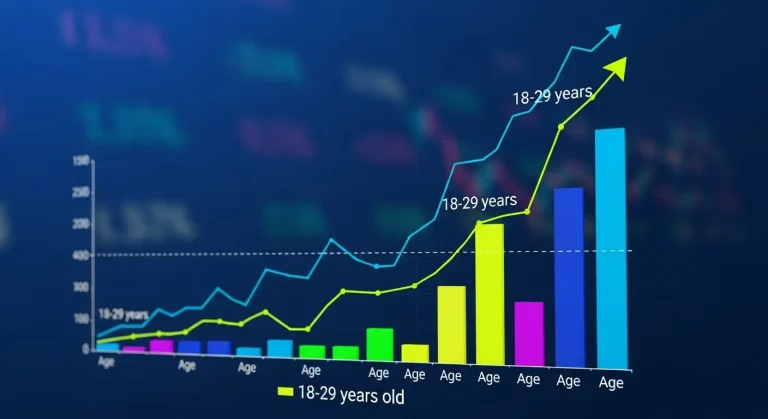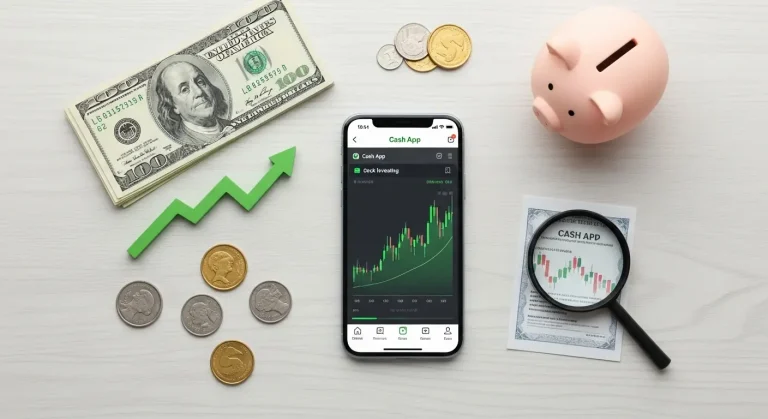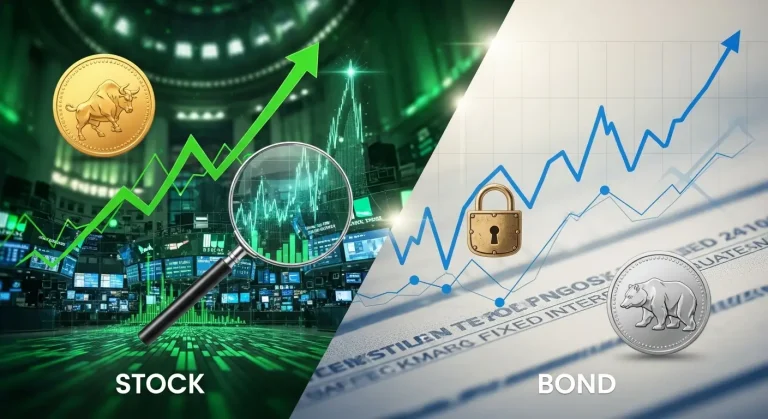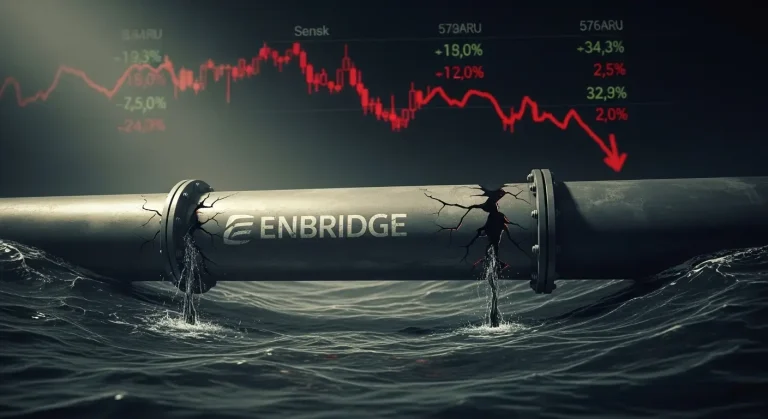When you look at a stock quote, you might be overwhelmed by the numbers, abbreviations, and technical terms. However, a stock quote represents more than just a bunch of random digits; it’s a snapshot of a company’s market performance at a specific moment in time. Whether you’re a seasoned investor or a newcomer, understanding stock quotes is key to navigating the world of stock trading.
In this article, we’ll break down what a stock quote represents and explain the different components, including the often misunderstood “close” value. By the end, you’ll have a deeper understanding of how stock quotes reflect a company’s health, its stock’s value, and why these numbers matter in your investment decisions.
What is a Stock Quote?
A stock quote is a real-time or delayed listing of the price of a company’s stock. It reflects the most recent trading price at which shares of the stock were bought or sold on a stock exchange. In essence, it gives you the price at which you can currently purchase or sell a share of that company. Stock quotes are updated constantly during market hours and are key tools for anyone trading or investing in stocks.
At its core, a stock quote is a combination of different pieces of information that reveal crucial details about the stock’s performance. Some of the essential components include:
- Stock Price: The price at which the last transaction of the stock occurred.
- Volume: The number of shares traded during a given period, usually during a single day.
- Bid Price: The highest price a buyer is willing to pay for the stock.
- Ask Price: The lowest price at which a seller is willing to sell the stock.
- High/Low: The highest and lowest prices that the stock reached during a specific time frame, often within the trading day.
- Close: This is the final price at which the stock is traded at the close of the market.
The Importance of Stock Quotes
For anyone looking to make informed trading decisions, understanding stock quotes is essential. The quote provides a quick look at a stock’s current price and other data points, giving investors and traders the necessary information to decide whether to buy or sell shares.
In the next section, we’ll dive deeper into what each of the components of a stock quote represents.
Breaking Down a Stock Quote: Components and Meaning
While a stock quote might appear complex at first glance, understanding its key components can help you make better decisions in the stock market. Here’s what you need to know about the essential parts of a stock quote.
1. Stock Price
The stock price is the amount you would pay to buy a single share of the company at that moment in time. It’s constantly updated during market hours, reflecting the most recent transaction price.
If a stock is trading at $50, this means the most recent trade took place at that price. Keep in mind that stock prices fluctuate due to various factors, including market demand, company performance, and overall economic conditions.
2. Volume
Volume refers to the total number of shares traded during a specific period. High volume often indicates increased investor interest in the stock, whereas low volume might suggest that fewer traders are participating. Volume can be especially useful for day traders looking to capitalize on short-term price fluctuations.
3. Bid and Ask Prices
- Bid Price: The highest price a buyer is willing to pay for the stock at that moment. If you’re selling a stock, this is the price you would receive if you sell to the highest bidder.
- Ask Price: The lowest price at which a seller is willing to sell the stock. If you’re buying, this is the price you’ll pay if you purchase from the seller.
4. High/Low
- High Price: The highest price at which a stock traded during a given period. This could represent the peak performance of the stock for the day, week, or month.
- Low Price: Conversely, the low price is the lowest price at which the stock traded during that period.
These high and low values give investors insight into the volatility and price range of the stock.
5. The Close: What Does Close Represent on a Stock Quote?
One of the most important components of a stock quote is the close. When looking at a stock quote, the close represents the last price at which the stock was traded at the end of the trading day. It is considered one of the most significant data points because it reflects the final market consensus on the stock’s value for that day.
What Does “Close” Represent When Looking at a Stock Quote?
In short, the “close” is a key metric for assessing a stock’s performance. It shows the final agreed price for the day and serves as a reference point for traders and analysts to evaluate market trends.
The close is especially important because it is used to calculate performance metrics for both short-term and long-term investors. For instance, you might compare today’s close with the close from the previous day or even the previous week to assess how the stock has moved.
Why Is the Close So Important?
- Market Sentiment: The close can indicate the sentiment of the market. A stock that closes at a higher price than the previous day may indicate positive market sentiment, while a drop in the closing price could suggest negative sentiment.
- Charting and Technical Analysis: Many investors use the closing price in technical analysis. It serves as the basis for various charts and indicators, like moving averages, which help traders predict future price movements.
- Comparison with Open Price: Comparing the close to the opening price can show how the stock moved during the trading day. A higher close than the opening price could suggest upward momentum, while a lower close might indicate the opposite.
Understanding the Close in Relation to Other Data Points
It’s crucial to not just focus on the close, but also consider it in relation to the stock’s bid, ask, volume, and other elements. By doing so, you gain a more complete picture of a stock’s behavior.
Example of Stock Quote: Real-Life Case
Let’s say you’re looking at a stock quote for a company named XYZ. The stock quote might look something like this:
- Stock Price: $120
- Bid Price: $119.50
- Ask Price: $120.50
- Volume: 500,000 shares
- High Price: $125
- Low Price: $118
- Close: $120
Here, the close of $120 reflects the final price at which the stock was traded before the market closed for the day. If the stock opened at $122 and dropped to a low of $118, then closed at $120, it shows some volatility throughout the day, but ultimately, it finished near its opening price.
Visit homepage for more amazing content.
How to Use Stock Quotes for Better Investment Decisions
Now that you understand what a stock quote represents and how to read it, how can you use this information to make smarter investment decisions?
- Track Market Trends: By consistently reviewing the close price and other components, you can track how a stock is performing over time. This helps in identifying patterns that could guide your investment strategy.
- Consider Volume and Volatility: A stock with a high volume but low price volatility may be more suitable for long-term investment, while high volatility might attract short-term traders looking for quick gains.
- Compare Historical Performance: By analyzing past stock quotes, including close prices, high/low prices, and volume, you can get a sense of how the stock might behave in similar market conditions.
Conclusion
In summary, a stock quote is a crucial tool for anyone involved in the stock market. It encapsulates a wealth of information about a stock’s current price, trading activity, and historical performance. Among all the components, the close price holds particular importance as it reflects the market’s consensus at the end of the trading day. By understanding what a stock quote represents, including the close, you can make more informed decisions, whether you’re looking to buy, sell, or simply track a stock’s performance.
With a clear understanding of stock quotes, you’ll be better equipped to navigate the complexities of the stock market and make decisions that align with your financial goals.
FAQs
What is the difference between the opening price and closing price of a stock?
The opening price is the price at which a stock first trades when the market opens for the day, while the closing price is the price at which the stock last trades when the market closes. These prices are often used for technical analysis to assess the day’s market movement and trends.
What is the significance of the bid-ask spread in a stock quote?
The bid-ask spread represents the difference between the highest price a buyer is willing to pay for a stock (bid) and the lowest price a seller is willing to accept (ask). A narrow spread indicates high liquidity and less volatility, while a wider spread suggests lower liquidity and higher volatility.
How does stock volume impact stock price movements?
Volume represents the number of shares traded during a specific time. High volume often signals increased investor interest, which can drive price movements. Low volume might indicate a lack of interest or stability in the stock, making it less prone to drastic price changes.
What is the “52-week high/low” on a stock quote, and how is it useful?
The 52-week high/low refers to the highest and lowest prices at which a stock has traded over the past 52 weeks (one year). It provides insight into the stock’s volatility and helps investors understand its long-term performance and potential future movements.
What does market capitalization (market cap) represent, and how is it calculated?
Market capitalization is the total market value of a company’s outstanding shares, calculated by multiplying the current stock price by the total number of shares. It provides a quick measure of a company’s size and can help investors gauge the risk level of an investment (e.g., large-cap stocks tend to be more stable, while small-cap stocks might be riskier but offer higher growth potential).






